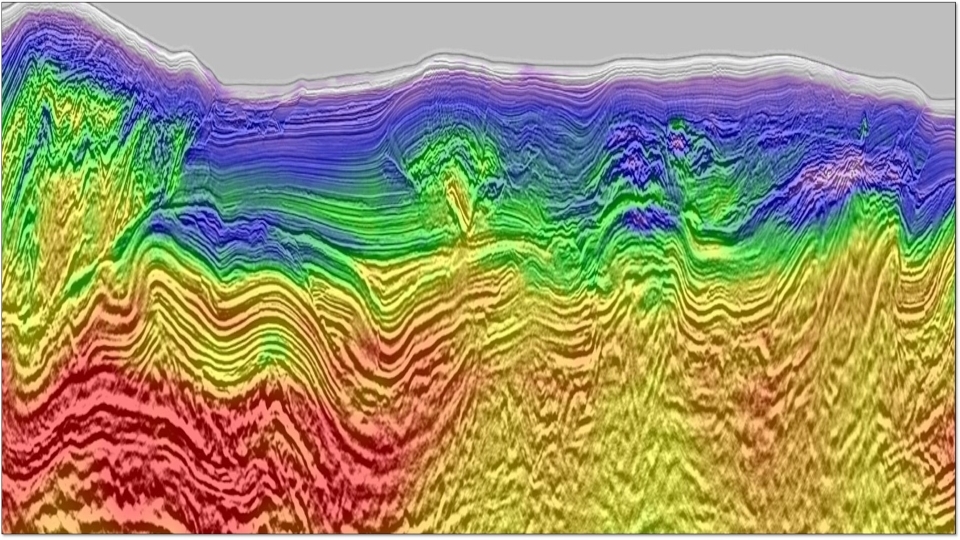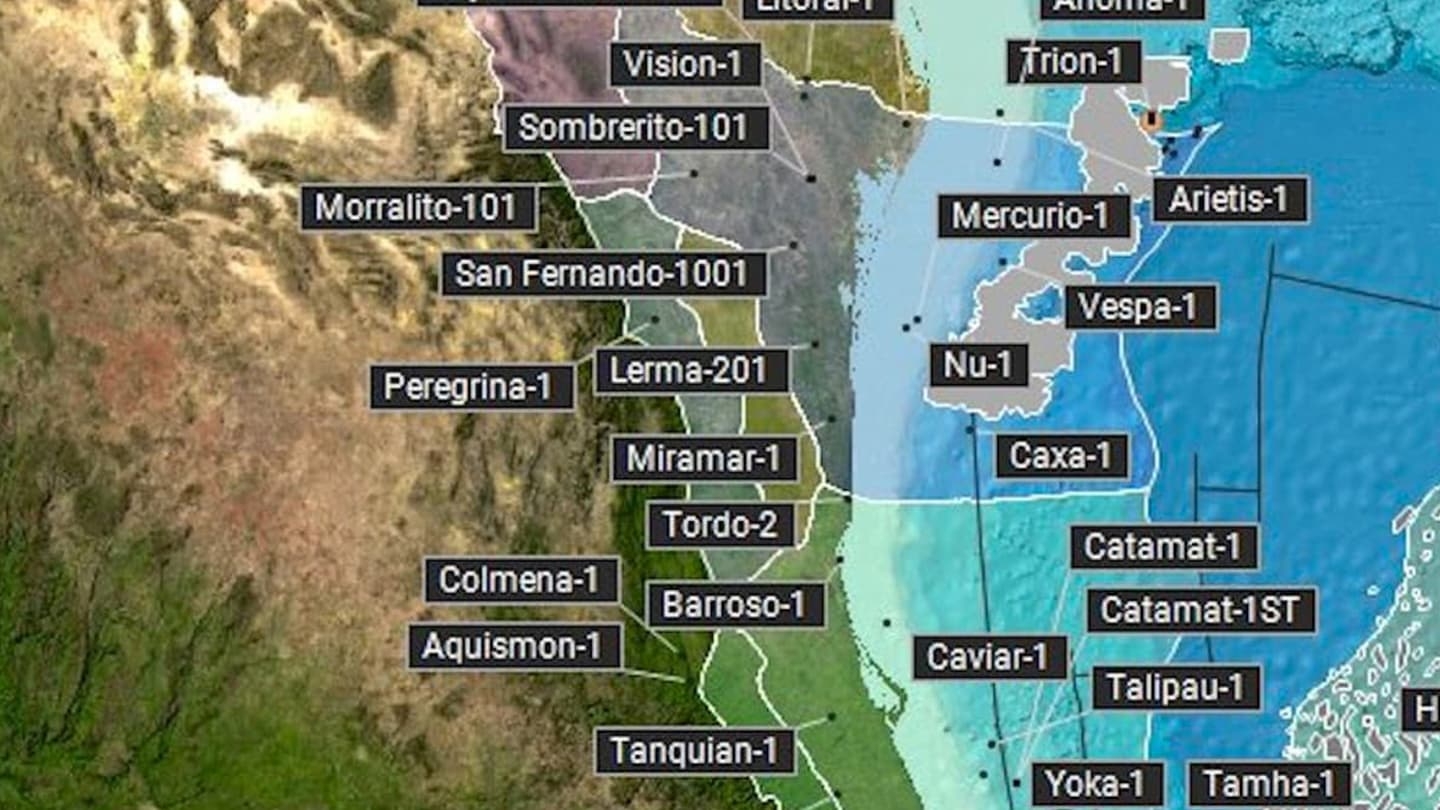Technical Abstract
Application of image consistent time-strain analysis to the 4D Baobab data
Back to Technical ContentTime-lapse (4D) inversions deal with changes in seismic amplitudes and travel-times. This analysis is performed on migrated seismic images, which represent the spatial and time-lapse variability of the medium’s reflectivity. 4D reservoir analysis methods such as inversion and warping need to follow the structure of the data. Since migration effectively rotates the wavelet so that it is normal to the imaged reflectors, the traditional 1D (vertical) convolutional approach, used in 4D inversions to date, does not honour this directivity. For this reason we recently introduced a wave equation based method which provides an effective platform for structurally image consistent reservoir analysis. This must be used in processes such as wavelet extraction, inversion, warping and 4D time-strain inversion. In this paper, we show a data example from the 4D Baobab, comparing warping results for time-shifts and time-strains with a 1D convolutional and the new image consistent warping approach.
Download Resource 
Publications
EAGE - European Association of Geoscientists and EngineersAuthors
H. Hoeber, A. Khalil, S. De Pierrepont, Z. Dobo, H. Neal, C. Purcell, K. Ubik, B. Singh, and Y. Singh





